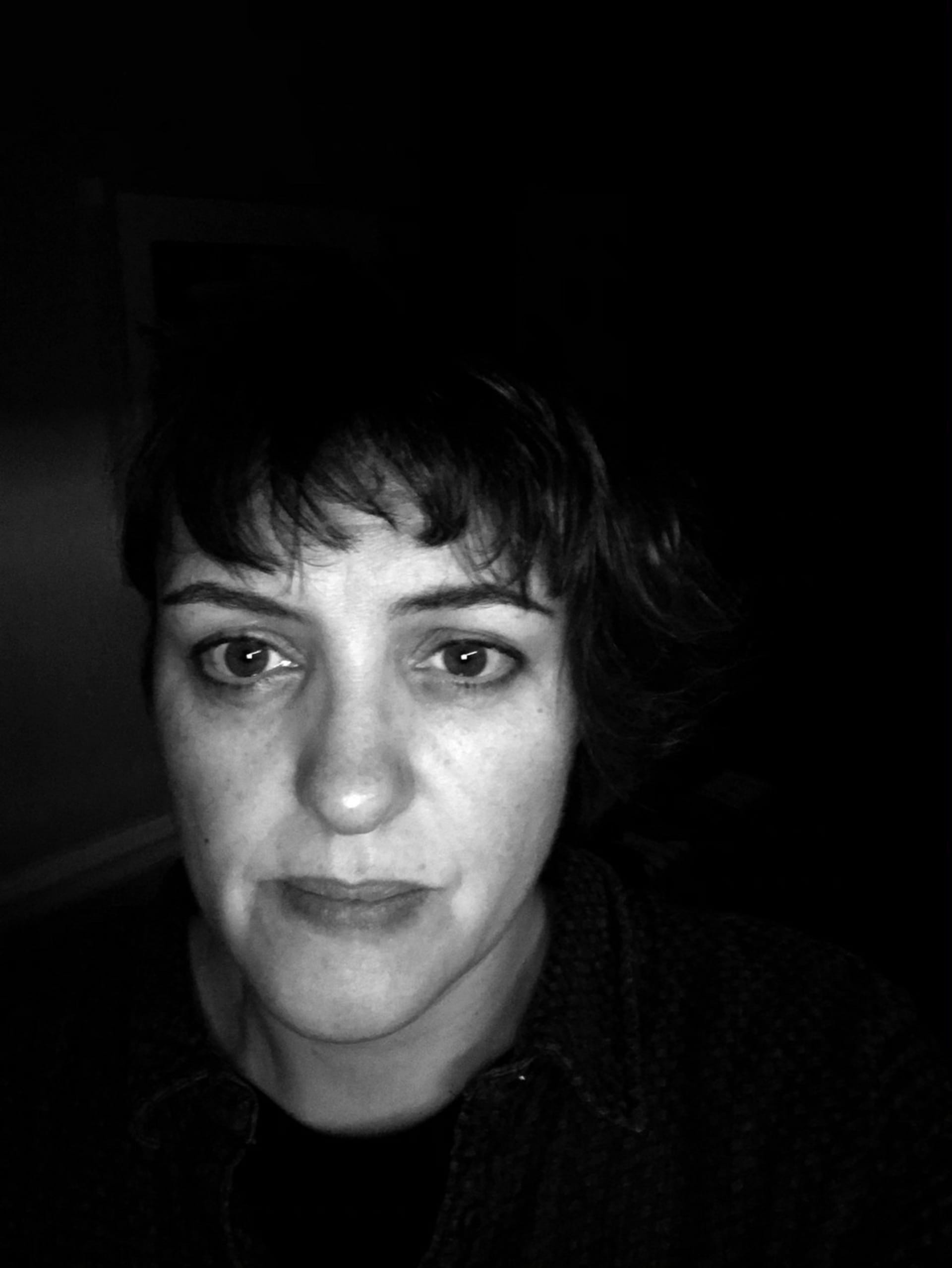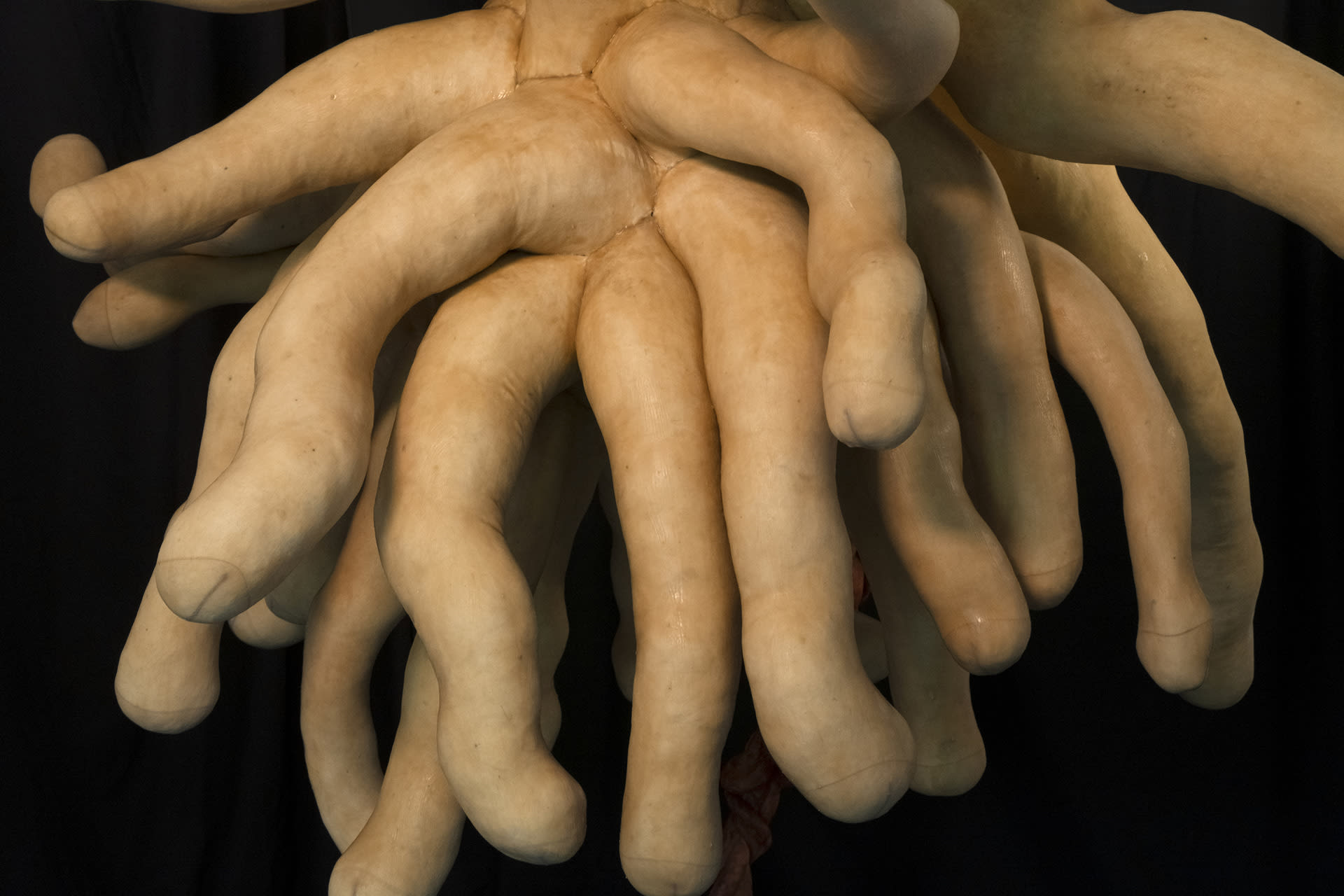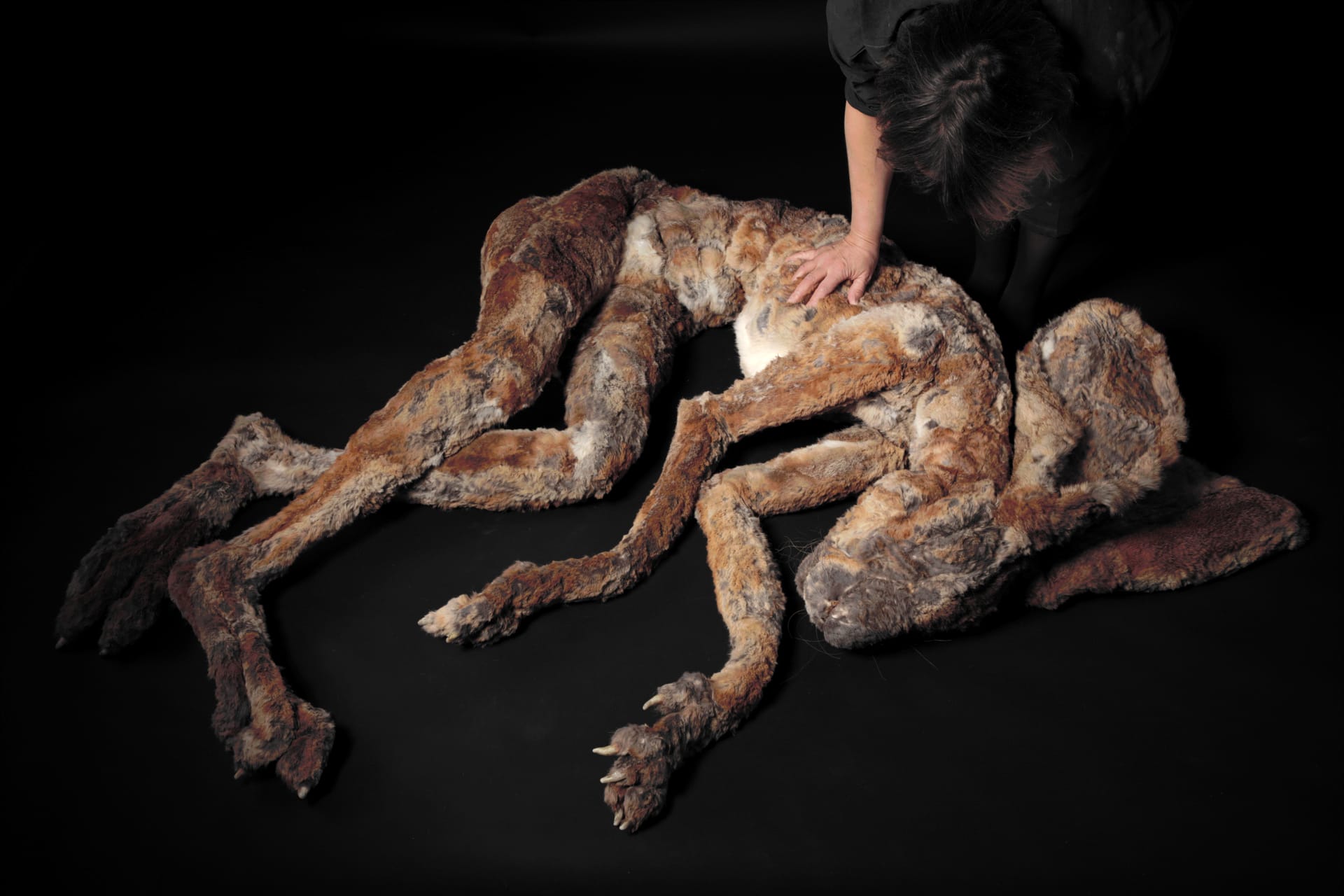B. (1970) London, UK. After a 20yr career in filmmaking, Abigail embraced a lifelong ambition to study sculpture at the Royal College of Art. Her work is unashamedly raw and jarring, exploring themes around loss and repair. Never afraid to shy away from darker content, Abigail’s work centres around concepts of death, transcendence, absence, and presence; with a subplot to interrupt the habitual assumptions of everyday life. Her work moves between figurative and abstract forms, exploring the entangled relationship between humans and other living beings. During her time at the RCA, Abigail has been developing a body of work called 'In the Nightside Garden'.
The motivation behind Abigail’s practice is driven by the early loss of her father from an industrial disease. She believes that all beings, human and non-human share the same susceptibility to the demands of patriarchal systems and industrial progress. Abigail explores mutual vulnerability whilst creating space to contemplate the nature of ‘aliveness’ through the experience of observing death.










